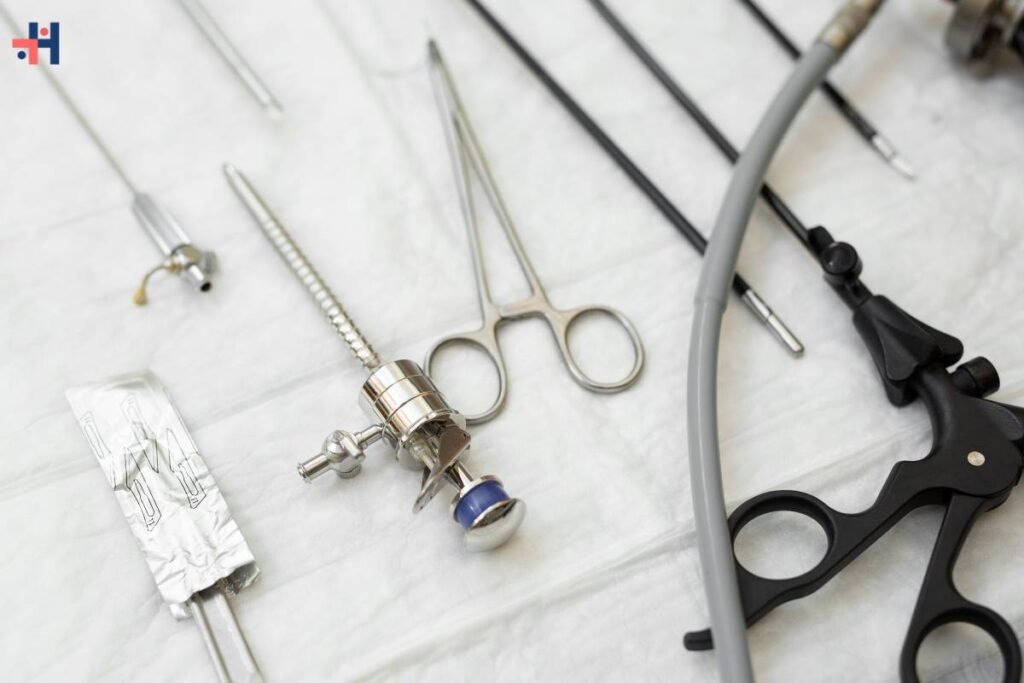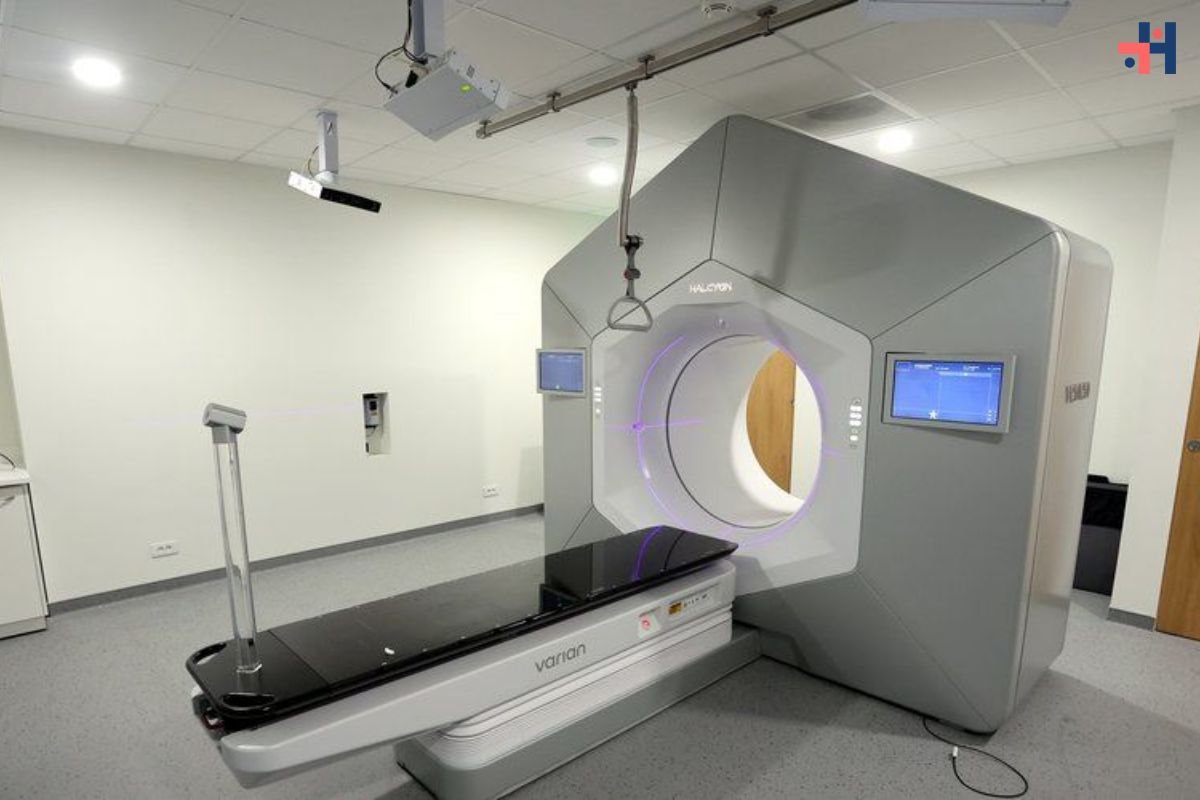Laparoscopic surgery, also known as minimally invasive surgery, has revolutionized the field of surgery by offering patients shorter recovery times, reduced pain, and smaller scars compared to traditional open surgery. Central to the success of laparoscopic procedures are laparoscopic instruments, specialized tools designed to facilitate precise manipulation and visualization of internal organs through small incisions. In this comprehensive guide, we will delve deeper into the world of laparoscopic instruments, exploring their types, applications, advantages, and future trends.
Types of Laparoscopic Instruments:
- Trocars: Trocars are hollow tubes with sharp points used to create entry ports in the abdominal wall. They serve as access points for other laparoscopic instruments and the laparoscope. Trocars come in various sizes and designs, including bladeless trocars, shielded trocars, and radially expanding trocars.
- Graspers and Dissectors: Graspers and dissectors are versatile instruments used to manipulate and dissect tissue during laparoscopic surgery. Graspers are designed to grasp and hold tissue securely, while dissectors are used to separate tissue layers or create dissection planes. Common types of graspers include Babcock forceps, Maryland forceps, and Allis forceps.
- Scissors and Dissectors: Laparoscopic scissors and dissectors are used for cutting and dissecting tissue during surgery. They feature long, slender shafts and sharp blades that enable precise cutting without causing excessive tissue trauma. Examples of laparoscopic scissors include hook scissors, Metzenbaum scissors, and Harmonic scalpels.
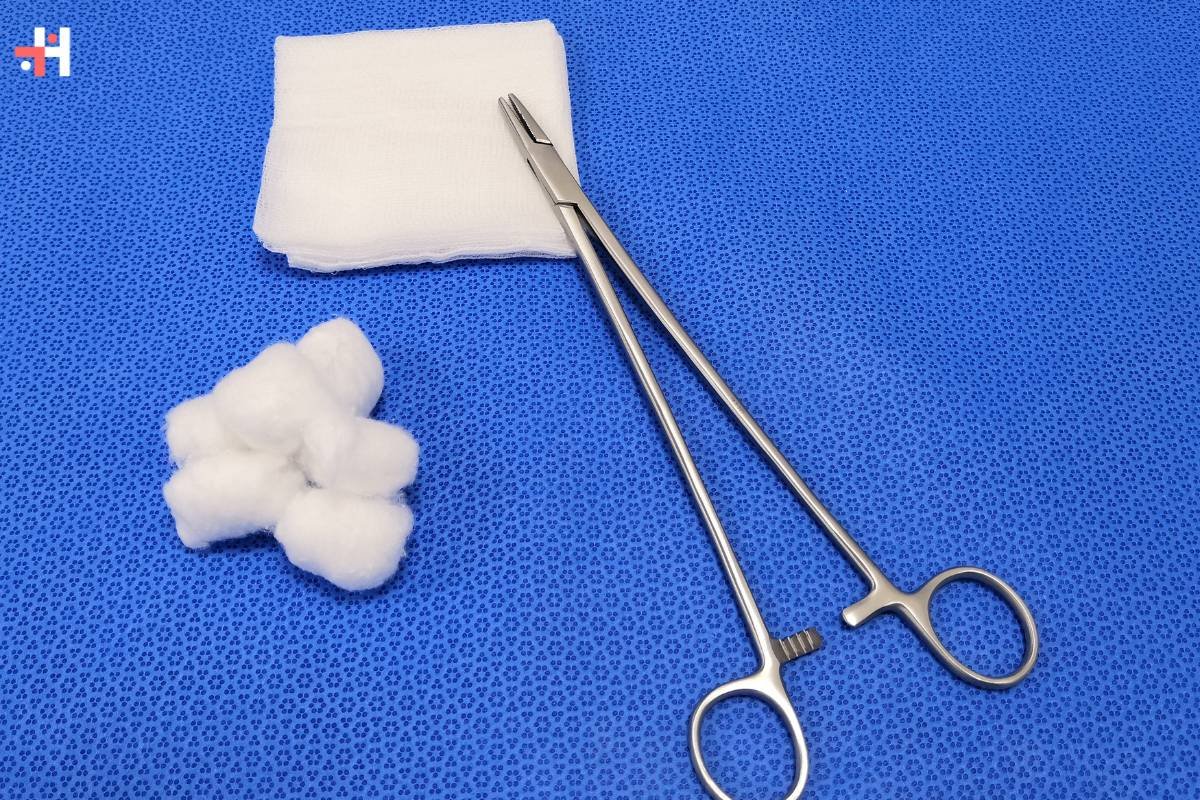
- Needle Holders: Needle holders are essential for suturing and knot tying during laparoscopic procedures. They feature a ratcheting mechanism that allows surgeons to securely grasp and manipulate surgical needles. Needle holders come in various designs, including straight, curved, and self-retracting needle holders.
- Retractors: Laparoscopic retractors are used to hold tissues or organs in place, providing optimal exposure and access during surgery. They come in a variety of configurations, including fan retractors, self-retaining retractors, and atraumatic graspers. Retractors are crucial for maintaining a clear surgical field and preventing tissue injury.
- Clip Appliers: Clip appliers are used to apply surgical clips or ligating clips to seal blood vessels or other structures during laparoscopic procedures. These clips provide secure hemostasis and are commonly used in procedures such as cholecystectomy, appendectomy, and hernia repair. Clip appliers come in different sizes to accommodate various clip sizes and shapes.
- Electrocautery Devices: Electrocautery devices, also known as electrosurgical instruments, are used to coagulate and cut tissue using electrical energy. These instruments help control bleeding during surgery and are essential for achieving hemostasis in laparoscopic procedures. Common types of electrocautery devices include monopolar and bipolar cautery instruments.
Advantages of Laparoscopic Instruments:
- Minimally Invasive: Laparoscopic instruments allow surgeons to perform complex procedures through small incisions, resulting in reduced trauma to surrounding tissues and faster recovery times for patients. Minimally invasive surgery also reduces postoperative pain and scarring compared to open surgery.
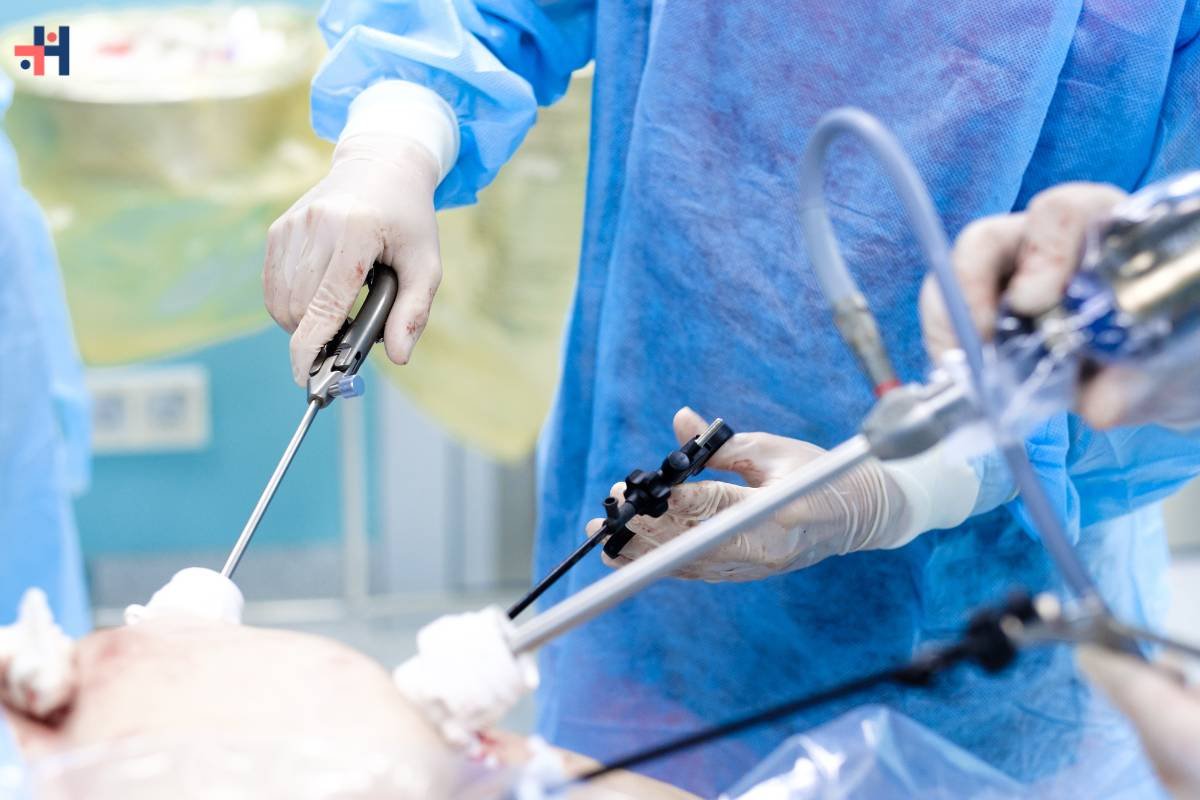
- Enhanced Visualization: Laparoscopic instruments work in conjunction with laparoscopes, which provide high-definition imaging of the surgical field. This enhanced visualization allows surgeons to navigate complex anatomy with precision and accuracy, leading to better surgical outcomes.
- Reduced Blood Loss: Laparoscopic instruments, particularly those equipped with electrocautery capabilities, enable surgeons to achieve hemostasis more effectively, resulting in reduced blood loss during surgery. This is especially important in procedures involving delicate tissues or vascular structures.
- Decreased Risk of Infection: Laparoscopic surgery carries a lower risk of surgical site infections compared to traditional open surgery. With smaller incisions and reduced tissue trauma, laparoscopic procedures minimize the risk of contamination and promote faster wound healing.
- Shorter Hospital Stays: Patients undergoing laparoscopic surgery often experience shorter hospital stays and faster recovery times compared to open surgery. This allows for quicker return to normal activities and improved overall patient satisfaction.
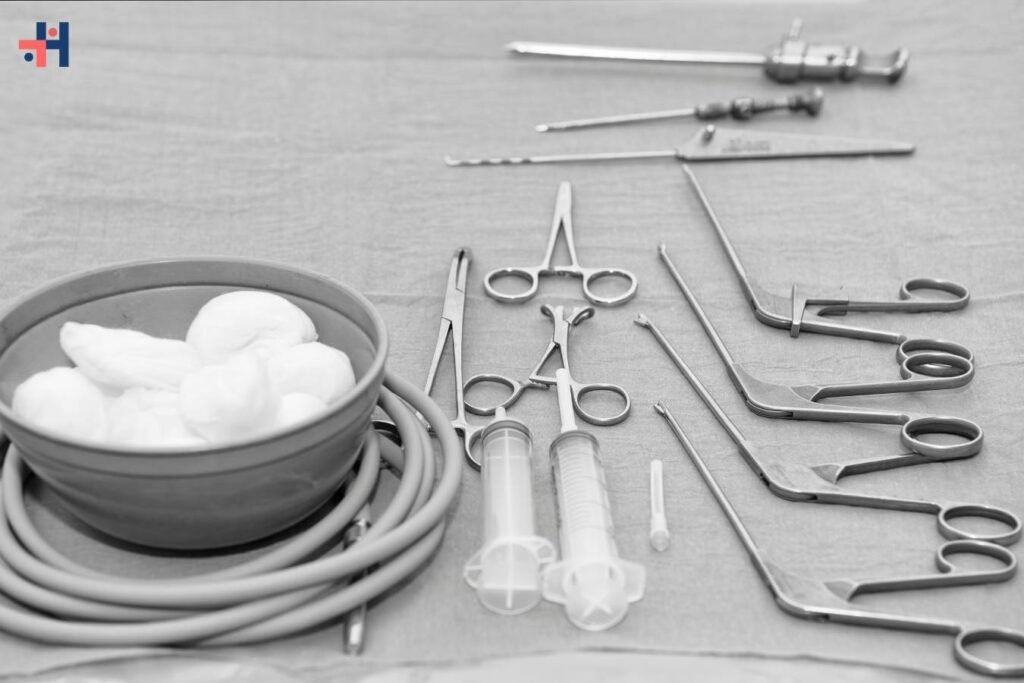
Arthroscopy Instruments: A Guide for Medical Professionals
In this comprehensive guide, we will delve into the world of arthroscopy instruments, exploring their types, functions, and advancements in technology.
Future Trends in Laparoscopic Instruments:
- Robotic-Assisted Surgery: Robotic-assisted laparoscopic surgery is gaining popularity due to its enhanced precision and dexterity. Robotic systems, such as the da Vinci Surgical System, allow surgeons to perform complex procedures with greater accuracy and control, leading to improved patient outcomes.
- Single-Incision Laparoscopy: Single-incision laparoscopic surgery (SILS) involves performing an entire procedure through a single small incision, typically in the umbilicus. SILS offers cosmetic benefits and reduced postoperative pain compared to traditional multi-port laparoscopy. As technology advances, SILS instruments are becoming more sophisticated, enabling surgeons to perform a wider range of procedures with minimal scarring.

- Augmented Reality and Artificial Intelligence: The integration of augmented reality (AR) and artificial intelligence (AI) technologies holds promise for further enhancing the capabilities of laparoscopic instruments. AR can provide real-time guidance and visualization during surgery, while AI algorithms can analyze data and assist surgeons in decision-making. These advancements have the potential to improve surgical accuracy, efficiency, and patient outcomes.
Conclusion:
Laparoscopic instruments play a crucial role in modern surgical practice, enabling surgeons to perform complex procedures with precision, efficiency, and minimal invasiveness. From trocars and graspers to scissors and clip appliers, these specialized tools are essential for achieving successful outcomes in laparoscopic surgery. As technology continues to evolve, the future of laparoscopic instruments looks promising, with advancements such as robotic-assisted surgery, single-incision laparoscopy, and augmented reality poised to revolutionize the field. By embracing innovation and harnessing the power of technology, laparoscopic surgeons can continue to push the boundaries of what is possible in minimally invasive surgery, ultimately benefiting patients worldwide.

